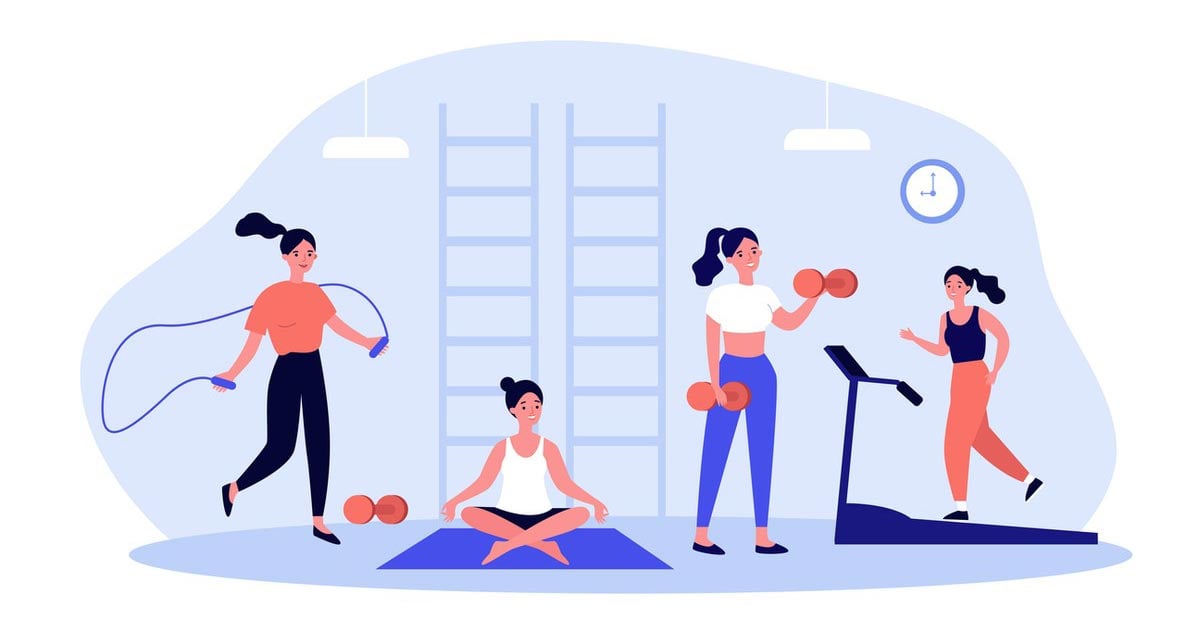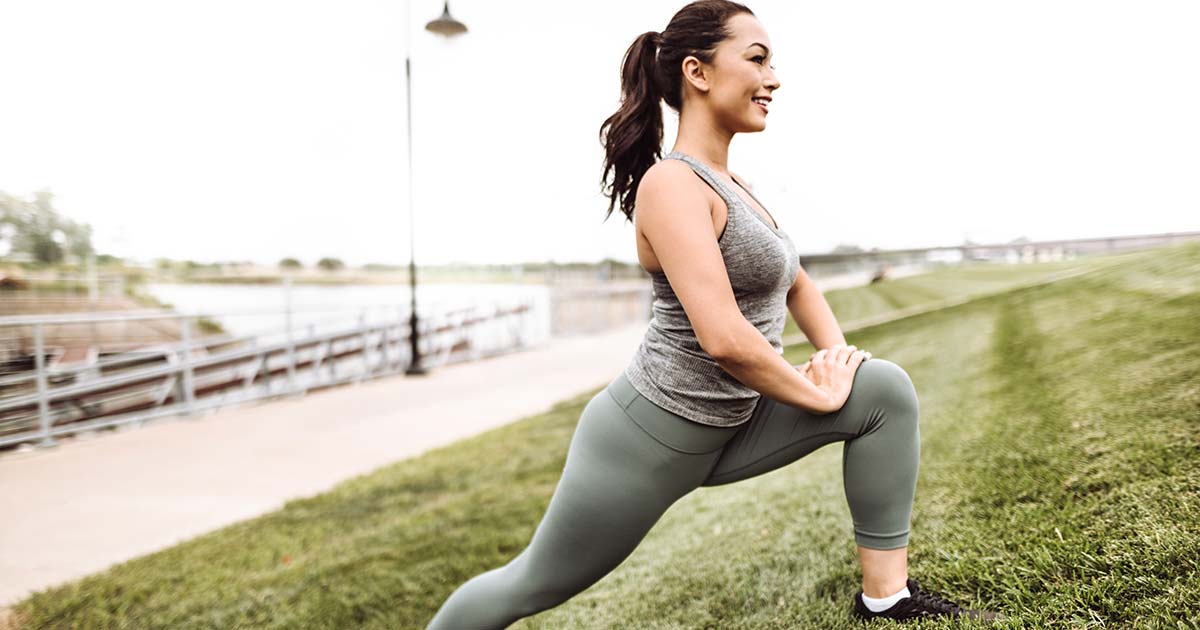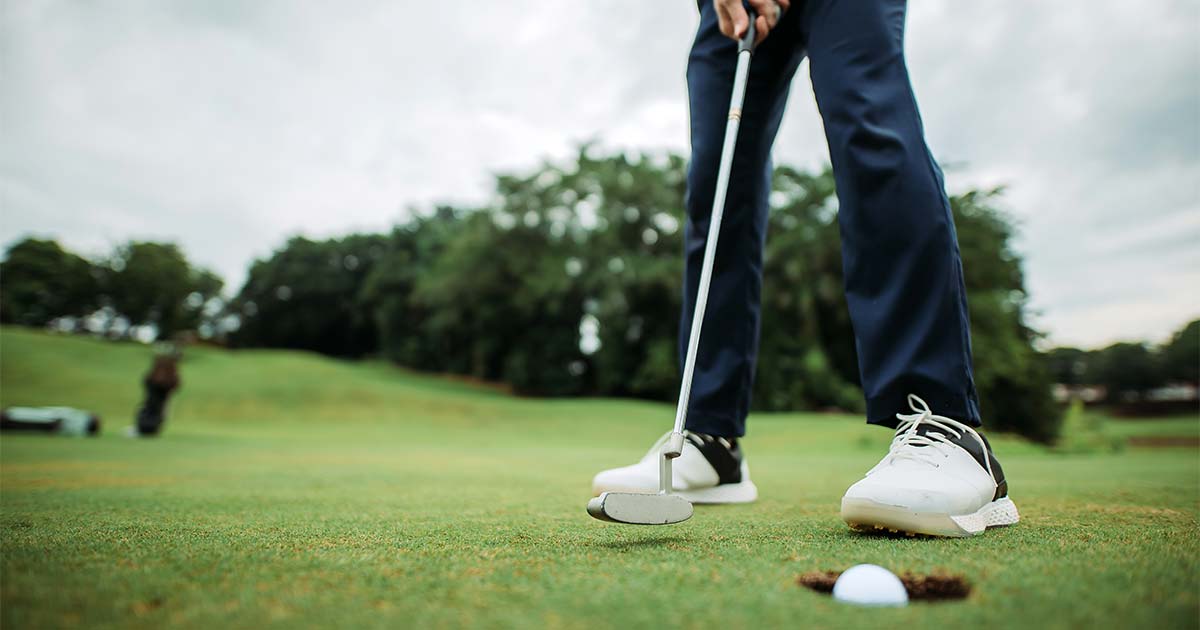
Advice to improve your movement, fitness, and overall health from the #1 in orthopedics in the U.S.
Simple Tips for Recovering from Tennis Elbow
HSS orthopedic surgeon Aaron Daluiski says most people with tennis elbow don’t play tennis. Check out these symptoms—and what to do if they happen to you.
Advice to improve your movement, fitness, and overall health from the #1 in orthopedics in the U.S.

“Interestingly, most of the patients who come into my office with elbow pain are not tennis players,” says Aaron Daluiski, MD, an orthopedic surgeon at HSS who specializes in hand and upper extremity treatment. “It also affects individuals who have engaged in activities they’re not used to doing on a regular basis, such as painting or packing boxes. Some people are surprised to learn that the cause was likely carrying a briefcase every day or toting shopping bags on a marathon trip to the mall.”
That’s because tennis elbow can arise from just about any activity or movement that irritates the tendons at the outer side of the elbow. To get a better understanding of what it feels like and how to treat it, Dr. Daluiski offers this guidance.
Getting to the crux of tennis elbow
Also called lateral epicondylitis, tennis elbow is a type of tendonitis affecting the connective tissue that links the forearm muscles to the upper arm. These are the muscles that move the wrist so that the back of the hand moves towards the ceiling. That knobby part of the upper arm bone, or humerus, is called the lateral epicondyle, and that’s where you’re likely to feel the first twinges of pain. (Pain on the inside of the elbow may be another kind of tendonitis called golfer’s elbow.)
When a tendon is repeatedly strained, it can develop microtears that can cause inflammation and, in turn, pain or tenderness where they attach to a bone. Tennis elbow pain can occur when lifting or bending the arm (especially with the palm facing downward). It can also happen when doing something as simple as opening a jar, reaching for milk out of the refrigerator or carrying a briefcase—or when doing nothing at all. Wrist motion may also cause discomfort. “In some cases, it’s so painful that patients worry they’ve broken their elbow,” says Dr. Daluiski.
Diagnosis of tennis elbow is usually clear-cut and doesn’t require an X-ray or MRI—just a review of your medical history such as the symptoms you are experiencing and the location of the pain plus a physical exam. Most times, if pain is mild or recent, people will try a few at-home approaches, like those below, before seeking a doctor’s help.
Don’t push through the pain
The first line of treatment for tennis elbow is to rest the arm and elbow, stopping or at least limiting activities that cause pain. That goes for sports and non-sports. For example, avoid carrying items below the waist and away from the body, which can strain the muscles and tendons in the arm.
“Many patients will eventually get better if they rest their arm and wrist, even if no treatment is provided,” says Dr. Daluiski. However, this can take weeks, or even months. If the pain is tolerable and your everyday activities aren't significantly affected, though, it's usually OK to allow your body to heal on its own.
Bring down the swelling
Because tendonitis involves swelling of a tendon, anti-inflammatory methods may help ease tennis elbow pain. Most people will try an over-the-counter pain reliever such as ibuprofen, usually taken by mouth. Follow dosage directions on the package.
“You can try using ice, too, but it’s not always helpful,” adds Dr. Daluiski. If you do try it, wrap the ice pack in a cloth or thin towel first. (Ice should never be placed directly on the skin because it can cause skin damage.)
Keep your wrist steady
Although it may seem odd, using a wrist splint can help ease tennis elbow pain—more than an elbow splint would. Because the tendon in the elbow connects to the same muscle as tendons in the wrist, immobilizing the wrist will also give the elbow a rest. This treatment requires some patience, notes Dr. Daluiski. It can take six to 12 weeks, or sometimes longer, to relieve the pain.
He notes that when a wrist splint isn’t practical, a counterforce brace can be worn to reduce tension on the tendons and ease pain, though it may not provide as much relief as a splint.
Know when to see the doc
If your pain lasts more than a few weeks or is bad enough that it’s affecting your ability to go about your everyday life, it’s time to see a doctor.
They may be able to offer other nonsurgical treatments, such as cortisone or other steroid injections. Usually, steroids are only used with patients who have severe pain and can’t sleep at night. The relief may be dramatic at first, but the pain may return once the injection wears off.
As for some other frequently prescribed therapies, Dr. Daluiski says physical therapy hasn’t helped many of his patients, and strength training as a treatment for tennis elbow should be avoided, as it often causes more pain.
Take relief to the next level
It may be worth considering surgery if pain has stuck around for several months. “Generally, surgery is a last resort for patients who find themselves unable to use their arm and hand for basic activities such as putting on a coat, writing or holding a glass of water,” says Dr. Daluiski.
Tennis-elbow surgery, which is performed as an outpatient procedure, involves removing the damaged part of the tendon and reattaching the healthy part to the bone. If you go this route, you’ll need to avoid strength activities for six weeks and ease back into normal activities gradually. A full recovery usually takes six to 12 weeks, and most people find relief once they’re healed.
Keep your elbows safe from the start
The best medicine, of course, is prevention. In athletes, the underlying cause of tennis elbow is usually training too much, too hard or with poor equipment and court conditions. Whatever your favorite sport, take time for rest and recovery between sessions and include stretching, strength training and cross training as part of a well-balanced workout routine.
Rest and recovery are important during other activities, too: Simply spacing out your house painting project over a few weekends, for example, can help you avoid various aches and pains. And who knows? It just might result in a less rushed, more perfect paint job, too.
Published 10/28/2021


